- Have any questions?
- +86-189 8930 5995
- sales@mosinterchem.com.cn
Aprotinin CAS 9004-04-0 9087-70-1

Imatinib mesylate CAS 220127-57-1
13/12/2018
Indoxacarb CAS 144171-61-9 173584-44-6
14/12/2018| Model: | MOS 9004-04-0 9087-70-1 |
| Place of Origin: | Zhejiang,China (Mainland) |
| Brand: | MOSINTER |
| CAS: | 9004-04-0 9087-70-1 |
| Molecular Formula: | C284H432N84O79S7 |
| Specification: | CP/USP/EP |
| Appearance: | White to light yellow lyophilized powder |
| Storage Condition: | -20°C |
| Molecular weight: | 6511.44 |
Aprotinin (CAS: 9004-04-0 9087-70-1)
| Item | Index |
| Molecular Formula | C284H432N84O79S7 |
| Molecular weight | 6511.44 |
| Specification | CP/USP/EP |
| Appearance | White to light yellow lyophilized powder |
| Storage Condition | 2-8°C |
The drug aprotinin (Trasylol, previously Bayer and now Nordic Group pharmaceuticals), is the small protein bovine pancreatic trypsin inhibitor, or BPTI, which inhibits trypsin and related proteolytic enzymes. Under the trade name Trasylol, aprotinin was used as a medicationadministered by injection to reduce bleeding during complex surgery, such as heart and liver surgery. Its main effect is the slowing down offibrinolysis, the process that leads to the breakdown of blood clots. The aim in its use was to decrease the need for blood transfusions during surgery, as well as end-organ damage due to hypotension (low blood pressure) as a result of marked blood loss. The drug was temporarily withdrawn worldwide in 2007 after studies suggested that its use increased the risk of complications or death; this was confirmed by follow-up studies. Trasylol sales were suspended in May 2008, except for very restricted research use. In February 2012 the European Medicines Agency (EMA) scientific committee reverted its previous standpoint regarding aprotinin, and has recommended that the suspension be lifted. Nordic became distributor of aprotinin in 2012.
Chemistry
Pancreatic trypsin inhibitorIdentifiersOrganismSymbolEntrezPDBRefSeq (mRNA)RefSeq (Prot)UniProtOther dataChromosome
The amino acid sequence for bovine BPTI is RPDFC LEPPY TGPCK ARIIR YFYNA KAGLC QTFVY GGCRA KRNNF KSAED CMRTC GGA. There are 10 positively-charged lysine (K) and arginine (R) side chains and only 4 negative aspartate (D) and glutamates (E), making the protein strongly basic, which accounts for the basic in its name. (Because of the usual source organism, BPTI is sometimes referred to as bovine pancreatic trypsin inhibitor.)Aprotinin is a monomeric (single-chain) globular polypeptide derived from bovine lung tissue. It has a molecular weight of 6512 and consists of 16 different amino acid types arranged in a chain 58 residues long that folds into a stable, compact tertiary structure of the ‘small SS-rich” type, containing 3 disulfides, a twisted β-hairpin and a C-terminal α-helix.
The high stability of the molecule is due to the 3 disulfide bonds linking the 6 cysteine members of the chain (Cys5-Cys55, Cys14-Cys38 and Cys30-Cys51). The long, basic lysine 15 side chain on the exposed loop (at top left in the image) binds very tightly in the specificity pocket at the active site of trypsin and inhibits its enzymatic action. BPTI is synthesized as a longer, precursor sequence, which folds up and then is cleaved into the mature sequence given above.
BPTI is the classic member of the protein family of Kunitz-type serine protease inhibitors. Its physiological functions include the protective inhibition of the major digestive enzyme trypsin when small amounts are produced by cleavage of the trypsinogen precursor during storage in the pancreas.
Mechanism of drug action
Aprotinin inhibits several serine proteases, specifically trypsin, chymotrypsin and plasmin at a concentration of about 125,000 IU/ml, andkallikrein at 300,000 IU/ml. Its action on kallikrein leads to the inhibition of the formation of factor XIIa. As a result, both the intrinsic pathway of coagulation and fibrinolysis are inhibited. Its action on plasmin independently slows fibrinolysis.
In vitro use
Small amounts of aprotinin can be added to tubes of drawn blood to enable laboratory measurement of certain rapidly degraded proteins such as glucagon.
In cell biology aprotinin is used as an enzyme inhibitor to prevent protein degradation during lysis or homogenization of cells and tissues.
Aprotinin can be labelled with fluorescein isothiocyanate. The conjugate retains its antiproteolytic and carbohydrate-binding properties and has been used as a fluorescent histochemical reagent for staining glycoconjugates (mucosubstances) that are rich in uronic or sialic acids.
You must be logged in to post a review.

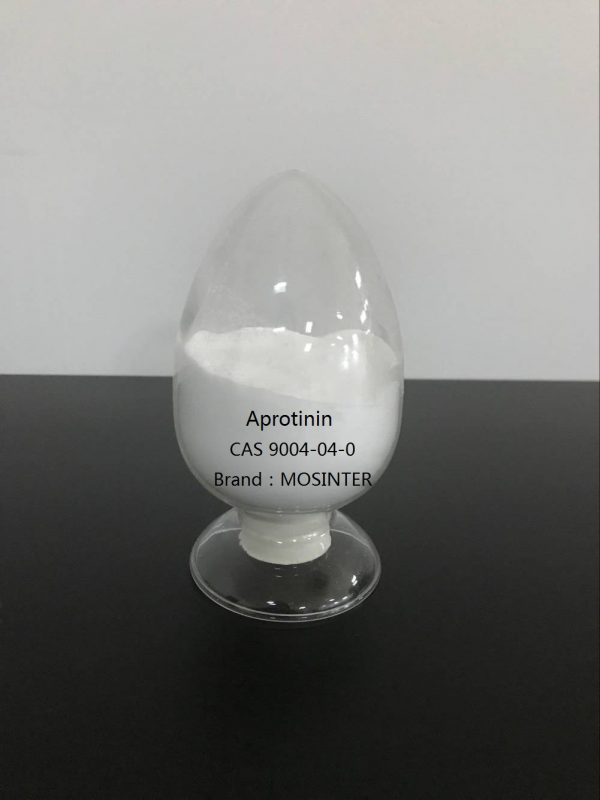
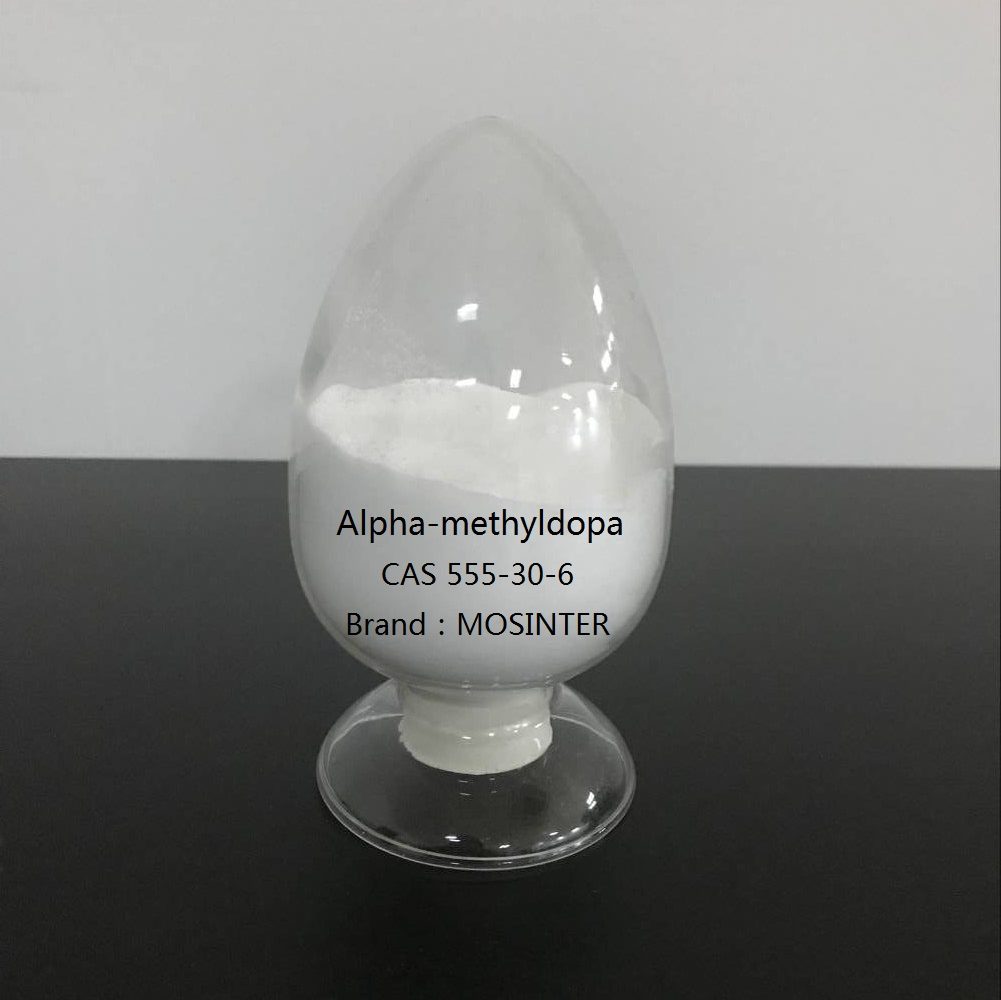
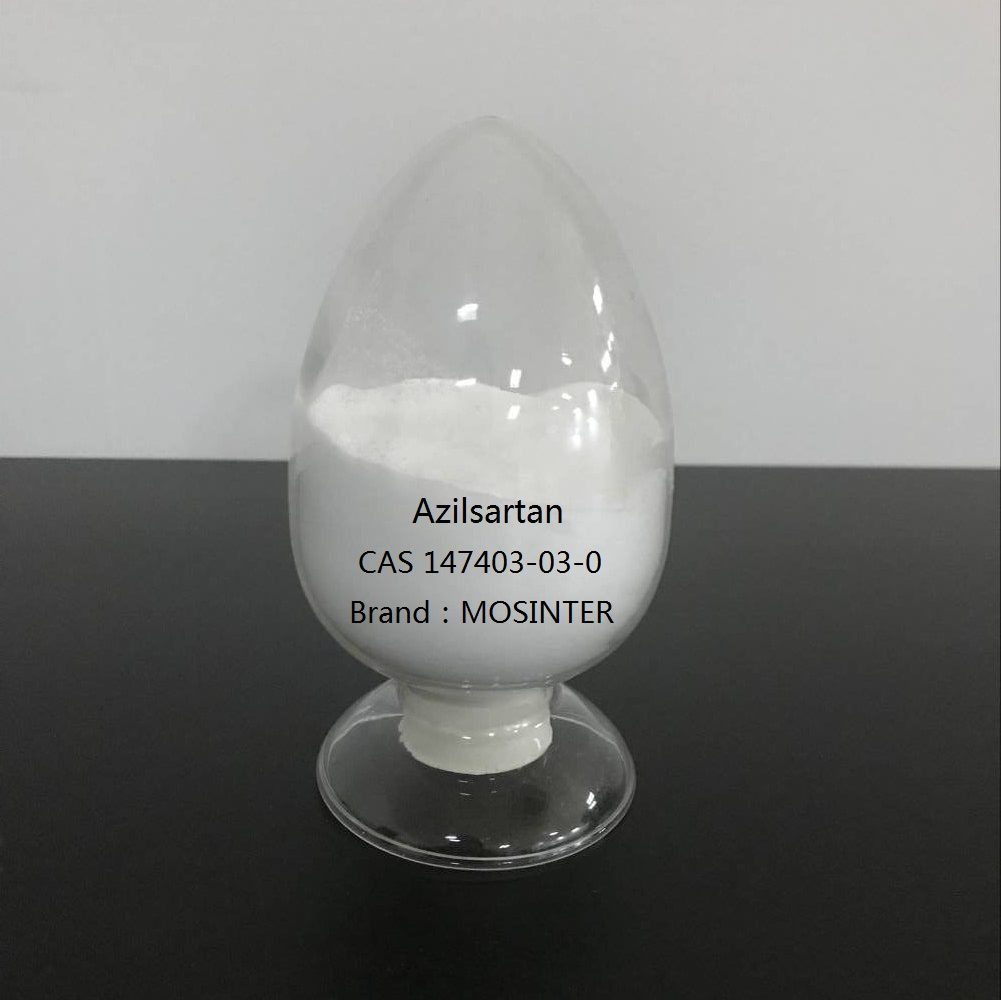
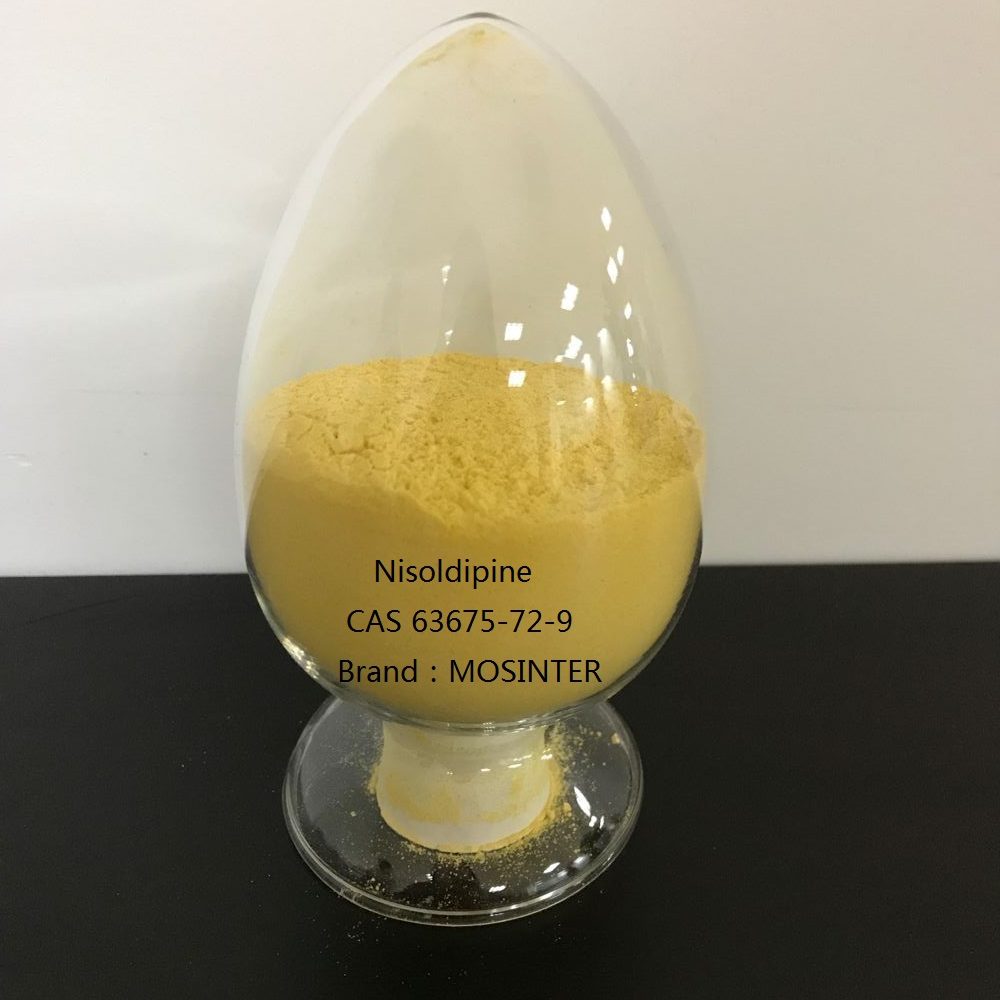
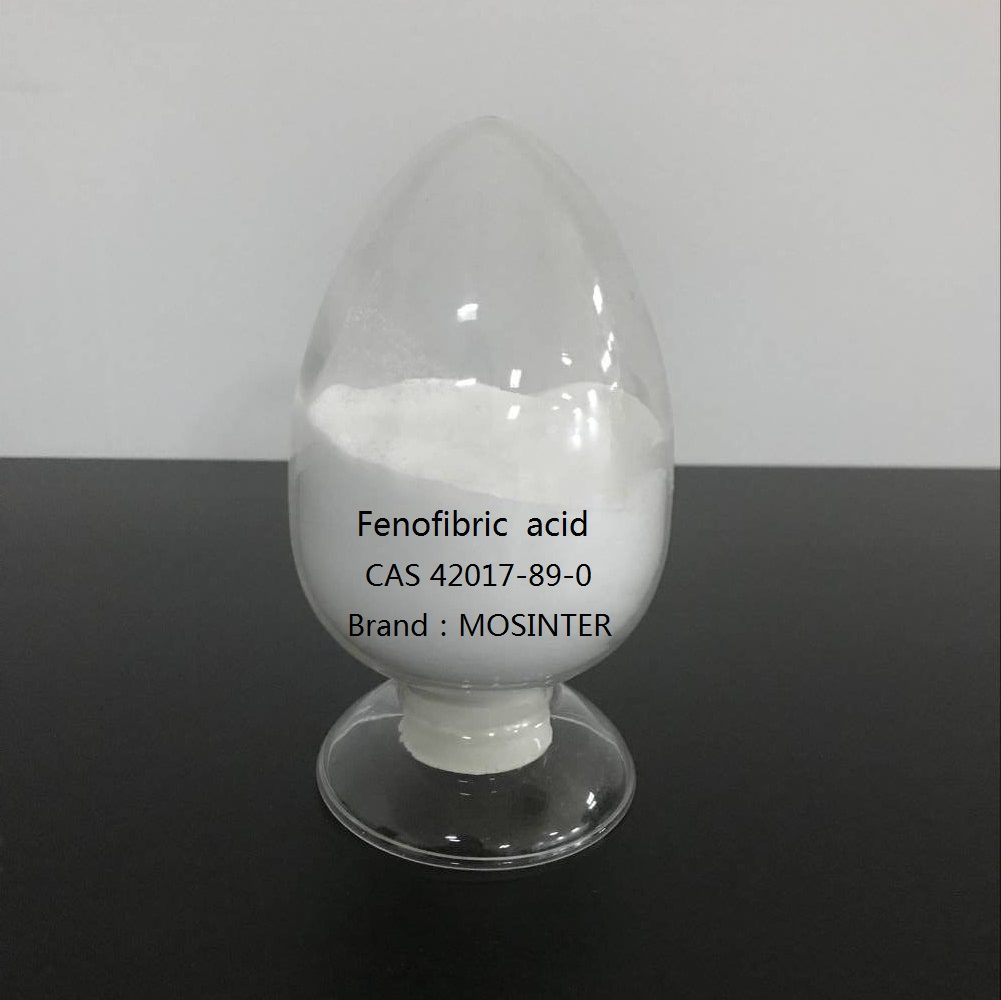
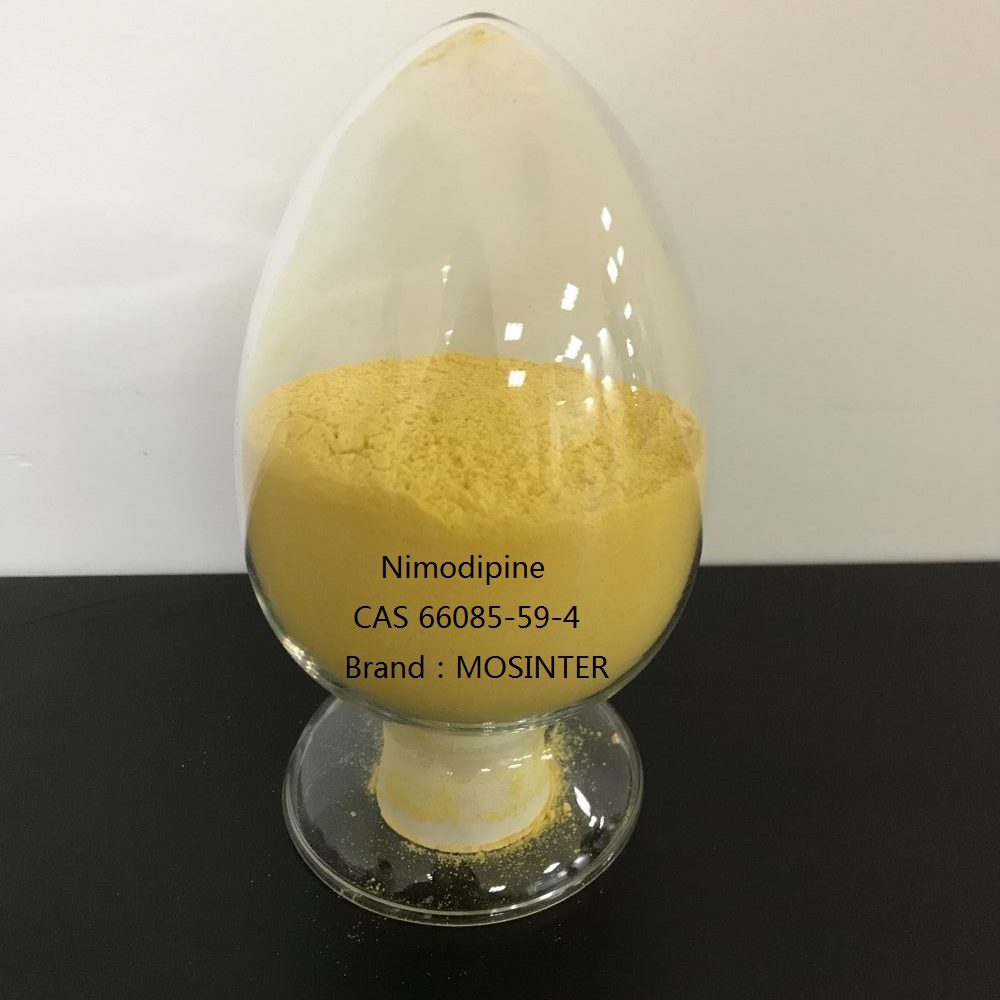
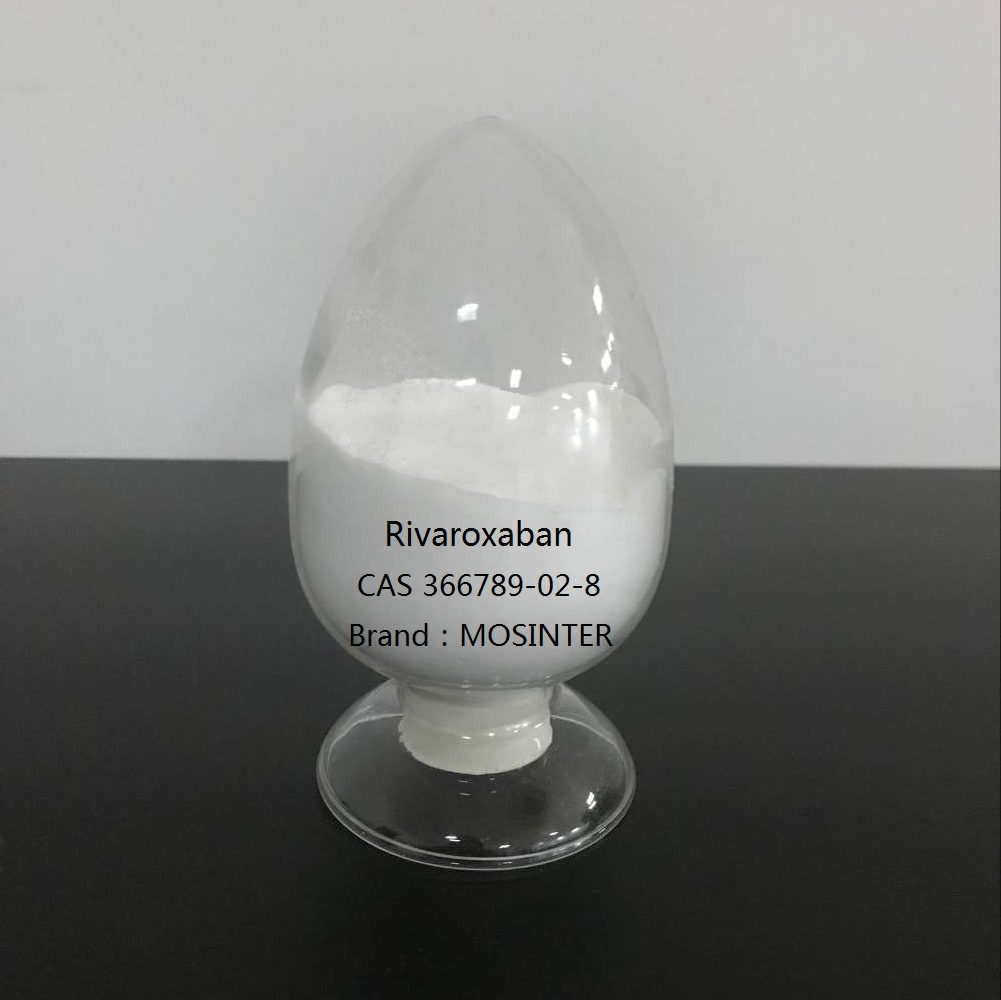
Reviews
There are no reviews yet.